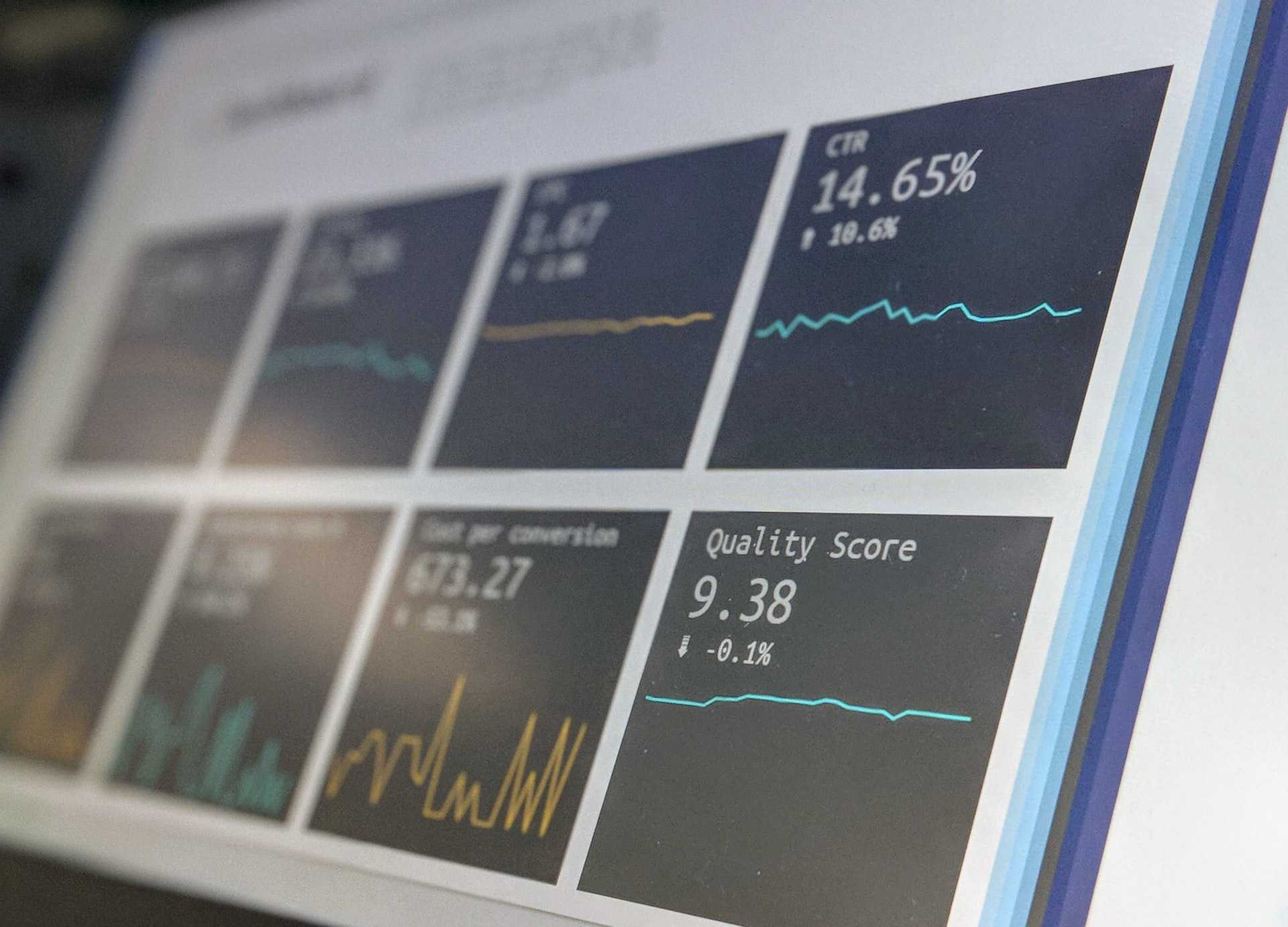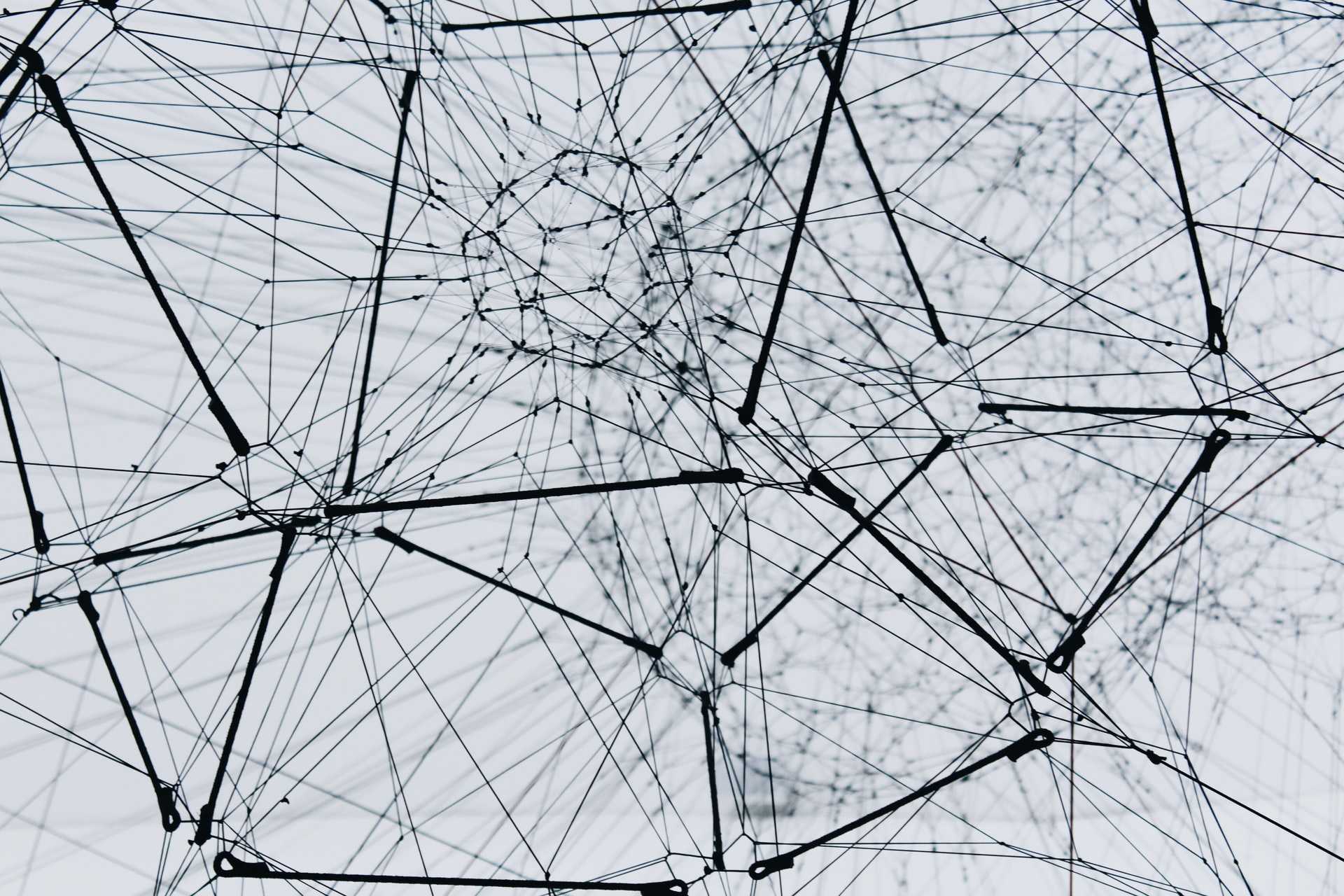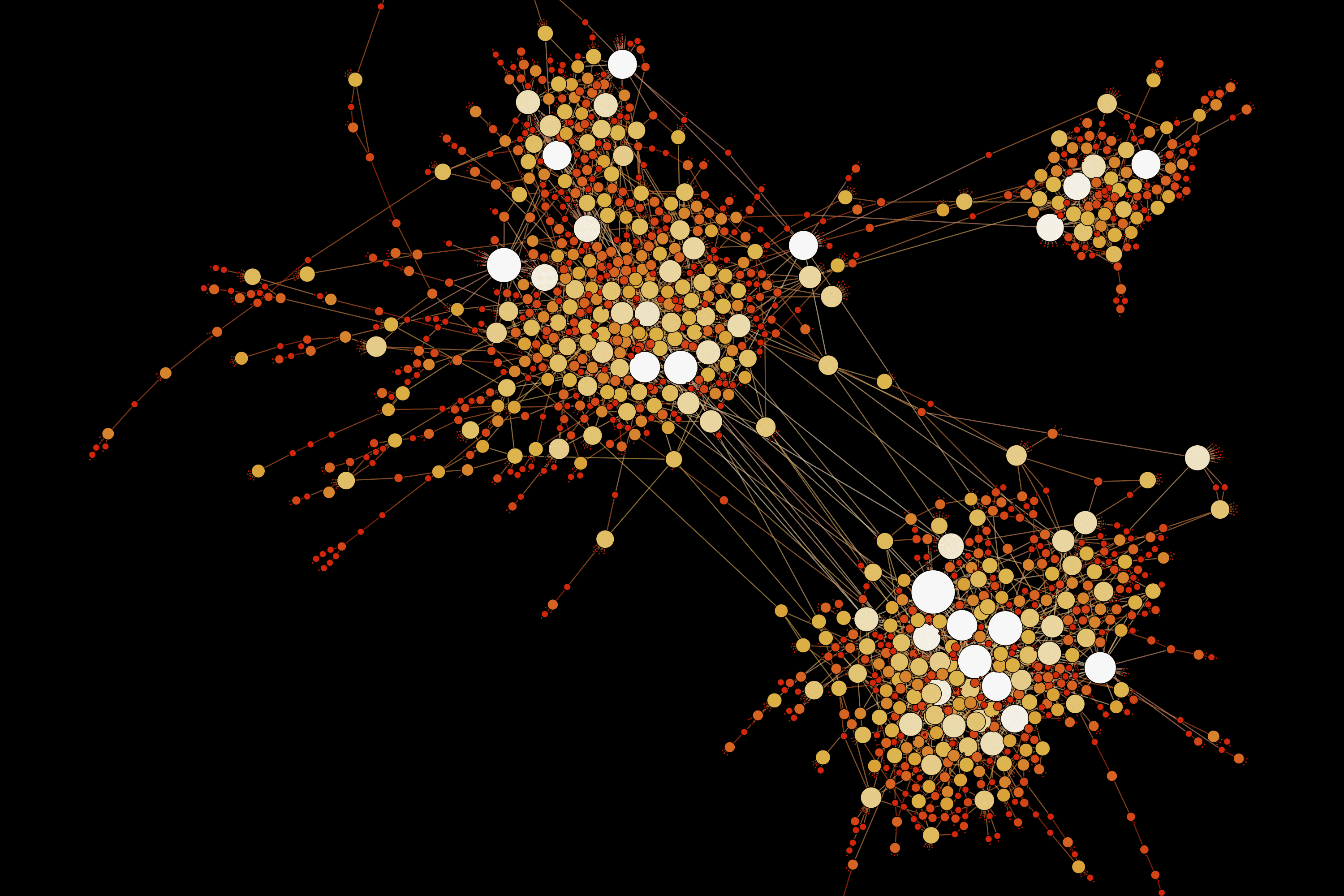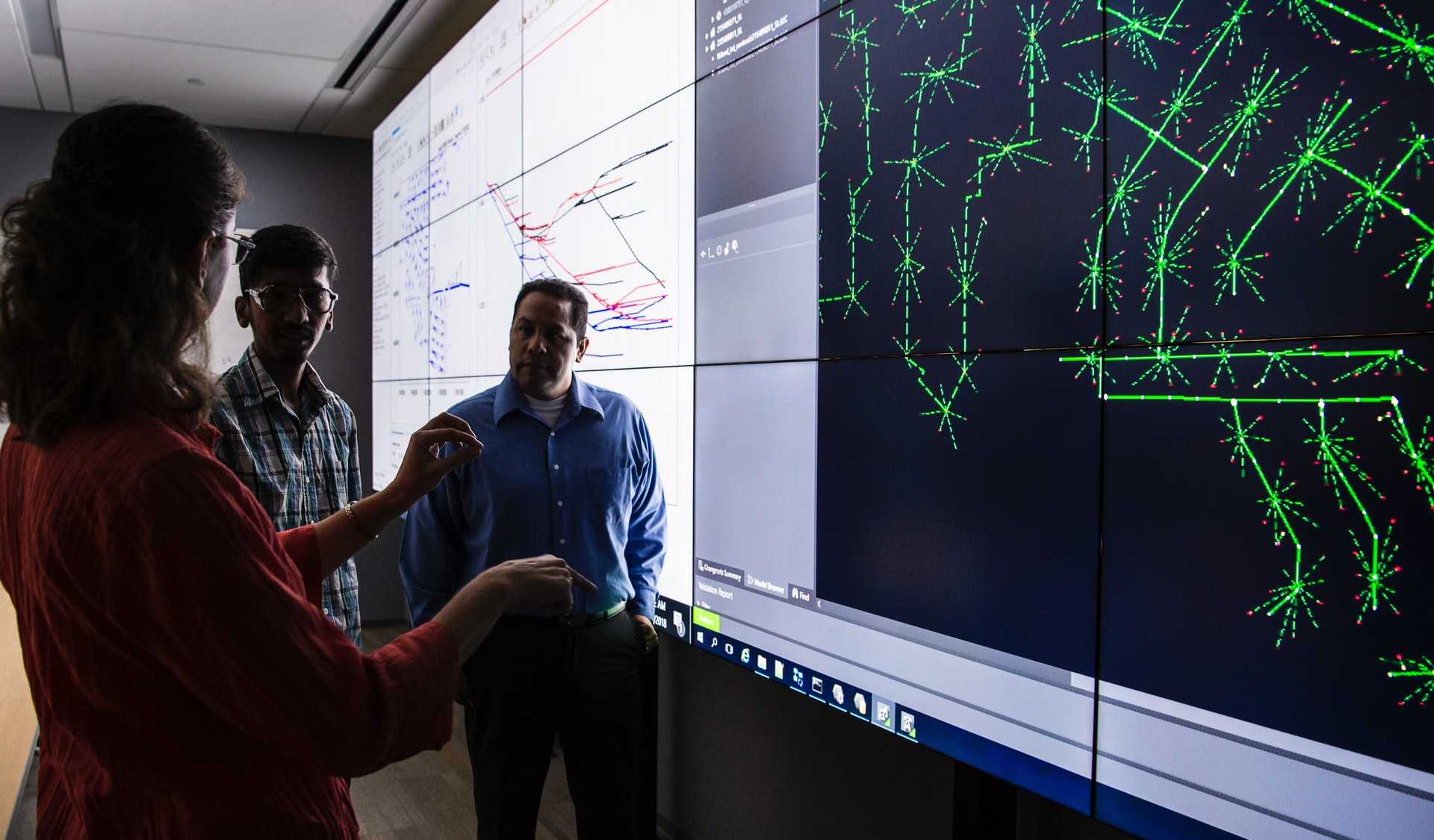
Supercharged Infrastructure
Urban systems converge into a deep, actionable web.
The smart cities movement aims to equip buildings and infrastructure with digital sensing. There's been steady progress towards this goal over the last decade. Engineers deployed systems to improve and extend control over individual building components. But smart buildings and infrastructure aren't yet linked up at city scale. The efficiencies and innovations that greater interconnection could deliver remain elusive.
The opportunity is clear. Achievements to date are unlocking new valuable data streams. We know more than ever about what people do in buildings. We track the flow of energy, water, and waste through cities in real-time. Maps reveal assets and risks with growing precision. But development in key areas needed to leverage the data generated by cities has lagged. We aren't yet as good at sharing, securing, governing, analyzing, or visualizing data as we need to be. And painstaking progress in robotics limits our ability to turn data into action.
Over the next decade, these barriers will give way. And the convergence of physical and digital infrastructure will speed up. Waves of interconnection will exploit breakthroughs in components, networks, and artificial intelligence. Cities will play a catalytic role orchestrating this process. But the bigger challenge may be harnessing the power of this vast, deep, actionable web. Supercharged infrastructure will reveal stunning insights about urban dynamics that inform better choices. But it will also create new leverage points with extraordinary power to shape our lives.
The 9 trends in this forecast are synthesized from 39 signals
Select a sector or tag to highlight in network.
Trends
Each forecast is built up from a collection of several trends. Think of trends like vectors. They call our attention to a single force acting along a path over time.
Impacts
How will this future shape what’s possible for key stakeholders in future cities? Use these broad insights on potential impacts as a starting point for thinking about your own. How might the trends driving this forecast impact you, your organization, and your community? What would you do differently if this future came to pass?

Hedging the cloud
Reducing the systemic risks of hyper-connectivity is already a major societal, and industrial, challenge. The cloud will continue to dominate platforms and infrastructure for years to come. But new approaches that shift computing to points of consumption and decision-making will enable more responsive business processes and privacy-conscious practices.

Curating decisive streams
Automation will be a powerful tool for taming the torrents of data created by supercharged infrastructure. But government officials will continue to play crucial roles in making decisions, even when software is doing much of the steering. Rather than over-simplifying the picture good systems will give leaders the ability to dive into detailed data in multiple, intuitive ways.

Embracing ad-hocracy
The infrastructure of industrial cities gave rise to new forms of wealth. Supercharged networks will unleash a new round of wealth creation, both bolstering and supplanting old ones. However, the process will move swiftly. Communities will need to assess the benefits and risks of supercharged connectivity quickly, shifting from planning infrastructure on a generational scale to more agile and flexible timeline.



..png)

..jpg)







